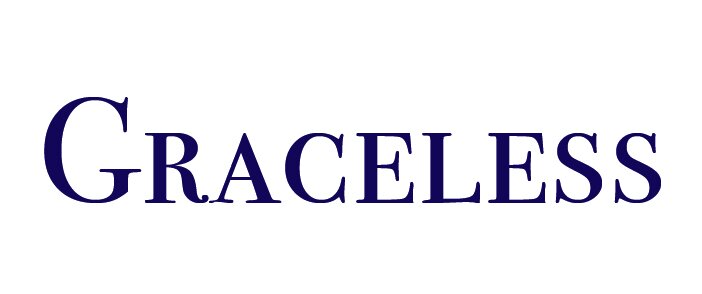The Brave New World of Comics
I’m relatively new to the comics scene. As a kid, I was an early book adopter. I devoured chapter books beyond my years. My go-to genres of science fiction and fantasy painted glorious worlds of magic and adventures and drama. The stark contrast of print on a page and the inimitable aroma of a book were my refuge and salvation.
Like most, I had read picture books as a kid. I also enjoyed the infrequent graphic novel—I broke several "Maus" spines trying to absorb every molecule of that story. Every morning, I would read the daily comic strips, almost every one, following the story.
But I didn’t read comic books. I didn’t go to comic stores. I wasn’t immersed in the convoluted paths the superheroes tread. I didn’t even have opinions about the Big Two (that’s Marvel and DC Comics, for newbies). The comics gateway opened because of several insistent and passionate (about comics at least) partners. Due to one in particular, I became the owner of three pivotal and transformative comic books: "Preacher," "Bone," and "Astonishing X-Men."
An intoxicating mix of genres and styles, all with an underlying thread of compelling storytelling and gorgeously depicted by loving artists, these three comics had me desperately searching for my local comic store to set up a pull list.
After five years, I still can’t tell you which Spider-Man goes in which universe or what all the lantern colors are (I’ve got green down, for the most part). I don’t need to. The comics world is growing.
Today’s comics are more than just capes and punching and impermanent death. Over the past two decades, people have been wanting to read (and create, thankfully) extensive ongoing stories not limited to the question: what if some guy could do something super power-y?
Led by Image Comics, publishers have jumped headfirst into the unfettered genre pool with a heavy emphasis on representation and diversity not only on the page, but also behind it. IDW ("30 Days of Night", "Locke and Key") exemplifies this drive with the current ongoing series "Jem and the Holograms" from writer Kelly Thompson and artist Sophie Campbell. Sophie, a veteran in the comics field, came out as a trans woman this past March.
The first iteration of the outrageous franchise since the original, Kelly and Sophie satisfied my every wildest hope for a Jem in today’s world. The stunning character designs feature an array of body types and backgrounds, eschewing whitewashed skinny girl=pretty syndrome. The whole team worked hard to create individuals who are holistic people, flawed and beautiful and full of sass. While staying faithful to the spirit of Jem, the creative team has taken some deliberate steps to update the character dynamics. My favorite, Stormer - a bundle of empathy and cuteness - and Kimber are gloriously gay (canonically!) for each other and up for my most adored lady/lady comic couple (stiff competition from Mal/Molly of Lumberjanes).
By appealing to a wider variety of genres and presenting worlds and characters that better reflect actual reality - instead of society-mandated and approved beauty - comics can reach more people. It seems so simple to say, but experiencing people like me in media makes me more likely to consume it. Show me something quality that treats my personhood as a legitimate, existing occurrence.
More people than ever are reading comics. More people than ever are being represented. I like to think it’s definitely more than correlation. Let me know if you need any recommendations!

